Ed Templeton: Time Flies When You’re Kissing and Smoking
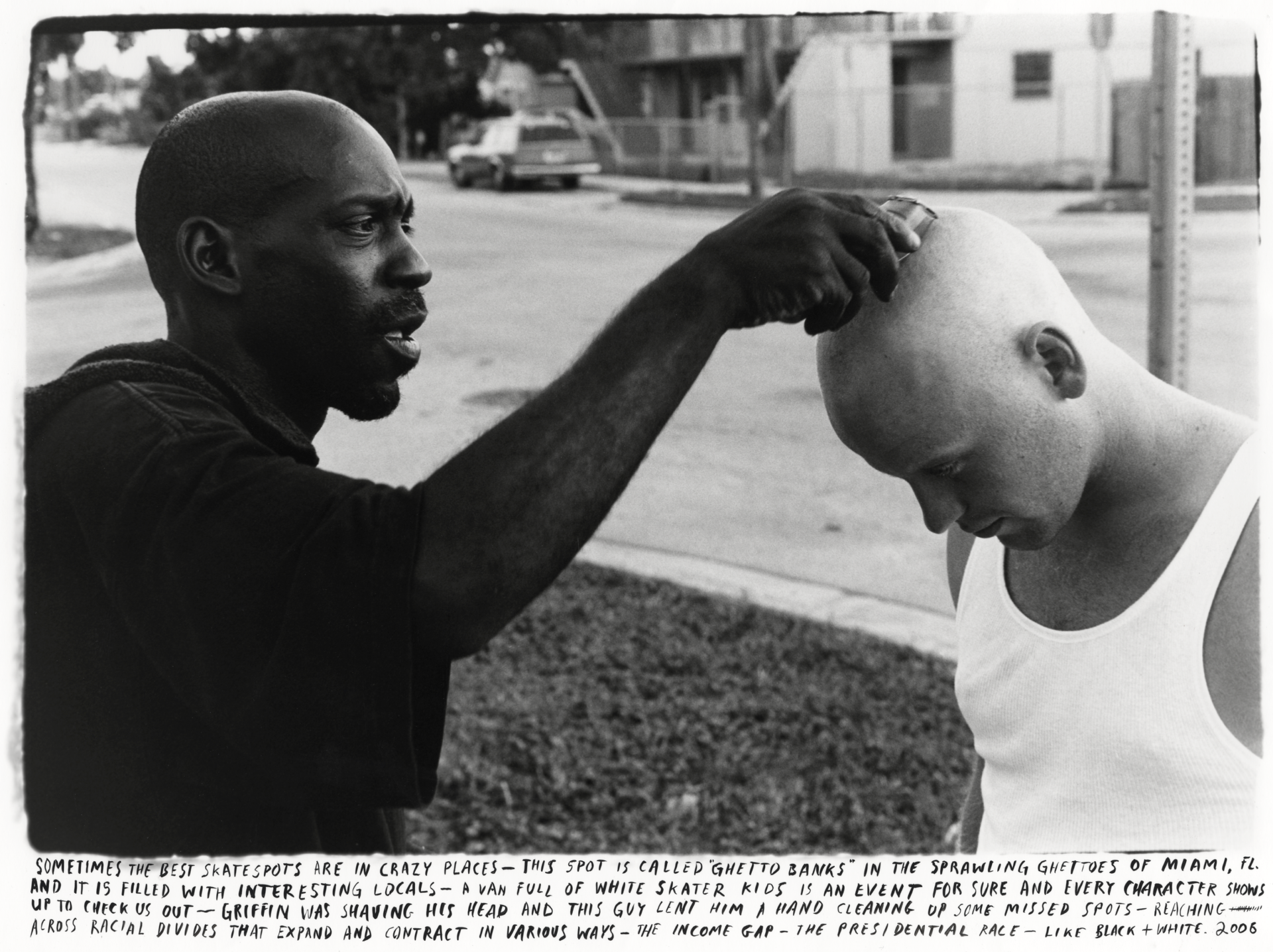

Ed Templeton: Time Flies When You’re Kissing and Smoking
Ed Templeton is a millennial household name. He began as a pro-skateboarder in 1990 at 22 years old and continued until a serious leg injury in 2012 shifted his focus to photography. Nowadays, Templeton is renowned for his photographic series of works Teenage Kissers and Teenage Smokers.
Focusing on skateboarding and youth subcultures of the ’90s to early ’00s, Templeton intimately captures the intricacies of adolescent delinquency, tenderness, escapades and everything in-between. to Be sat down with Templeton to discuss his views on skateboarding as an Olympic sport, its contemporary cultural connotations, and for an endearing trip down memory lane.
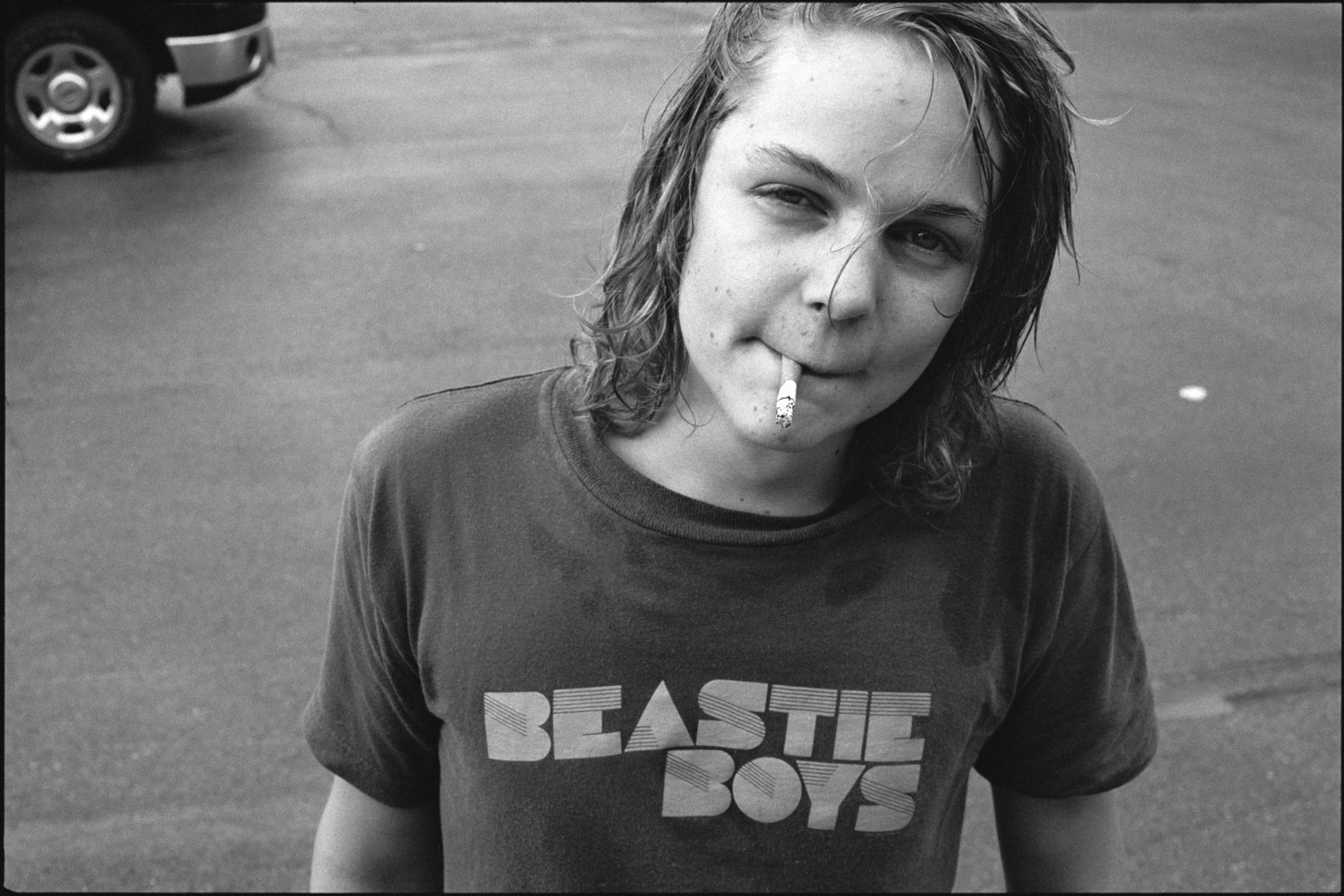
Ed Templeton: Hey guys.
Annabel Blue: Hey Ed. What’s going on in Huntington Beach at the moment?
ET: It’s been an interesting time over here lately with Covid!
Sarah Buckley: Did you watch skateboarding in the Olympics this year?
ET: I did.
SB: Would you say you’re kind of against the corporate side of skateboarding? How does it sit with you?
ET: Yeah, there’s a core inside of me that is against it. But I also realise that the skateboarding I remember as a child has branched out. When I started, back in 1985, it was mostly kids who were alienated. You’d get your ass kicked for being a skateboarder. It wasn’t a cool thing, and now it fully is. Like, the type of skateboarding I remember and love, street skateboarding, will always be equal. The things we want to skate are other people’s property, other people’s architecture, and that’s always going to create conflict, and that kind of skateboarding is always going to be there. So I watched the Olypmics – it was fun to see one of my riders in it.
AB: Oh yeah, Axel?
ET: Yeah, Axel Cruysberghs. He was in the Olympics representing Belgium.
SB: Do you still skateboard now?
ET: Not as much as I did. I broke my leg in 2012 and it really limited me at the time. Since then, I’ve got artwork, Toy Machine and of course my photography. So when skateboarding became not so much the focus, I luckily had a million things to fill the void.
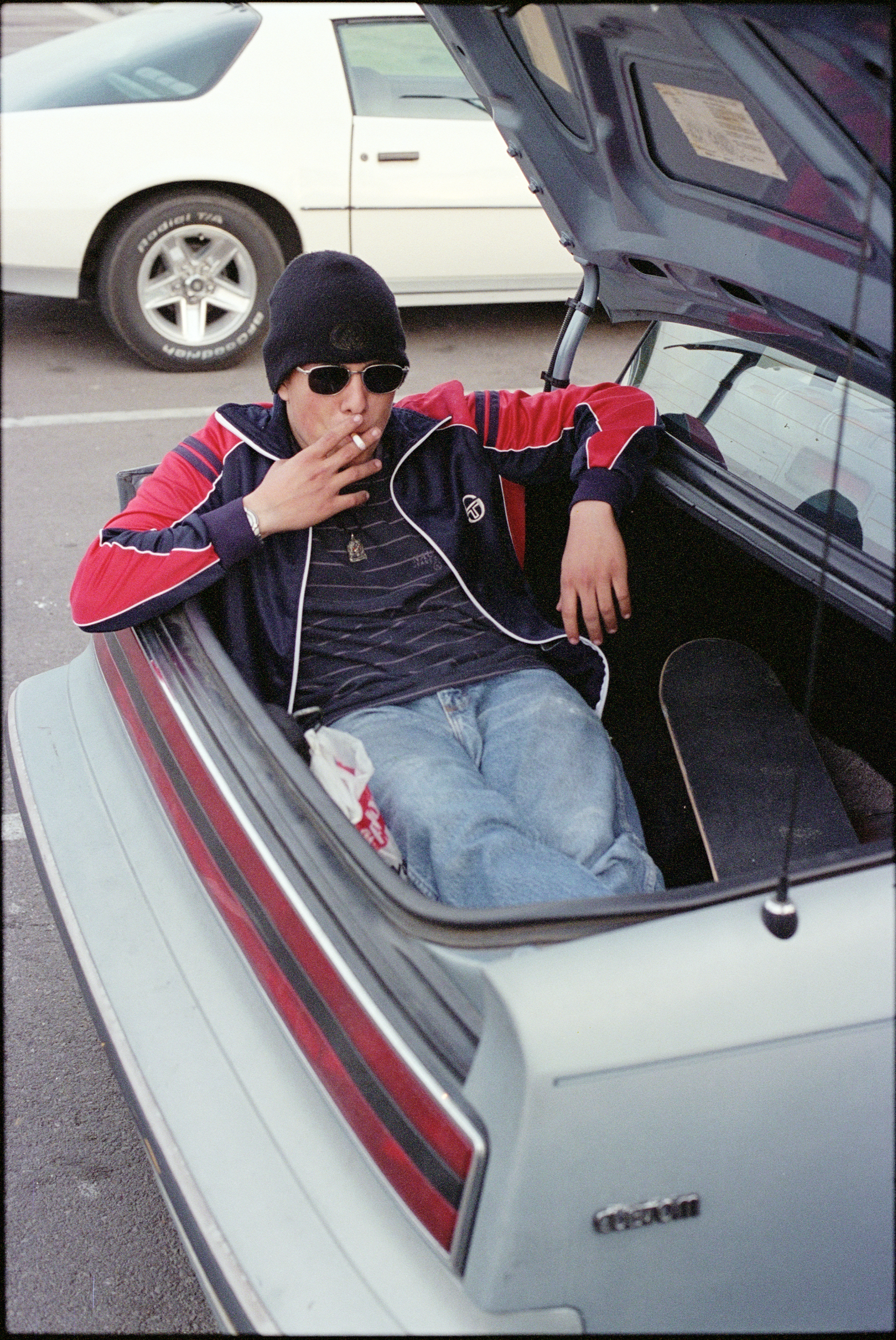
AB: Can you tell us how Toy Machine started out?
ET: We started Toy Machine In 1994. It was a weird time for skating, because it had taken a dip in popularity, and there wasn’t a lot of money in it. But one year in, Tod Swank, who was doing Foundation Skateboards, called me up and said, “Hey, do you want to do Toy Machine over here?” And that was a dream deal. Ever since then, we’ve been operating on a handshake deal.
AB: Are you working on any books at the moment?
ET: Yeah, I’m constantly working on books. My big skate book, Wires Crossed, is finally going to come out.
SB: Oh, cool. Who’s publishing it?
ET: Aperture. They’re a big photo book publisher. I started subconsciously shooting this in the 1990s. I was exposed to some photo books then, namely Nan Goldin’s Ballad of Sexual Dependency and Larry Clark’s Teenage Lust. These two books I loved, and they were both by people who were documenting their circle. Nan Goldin was shooting just her friends and her lifestyle in New York City. Larry Clark was in Tulsa shooting teenagers doing drugs. So then it hit me… I was actually living that life. I’m the adult in the room usually. I was lucky to have spanned two generations of pro-skateboarding, where I was able to still be around in the 2000s. So that made me the responsible one within the crew. I was driving the van and making sure we were getting to the demos on time while everyone else was partying. It put me in a great position to be able to document what it was like to be a pro-skateboarder.
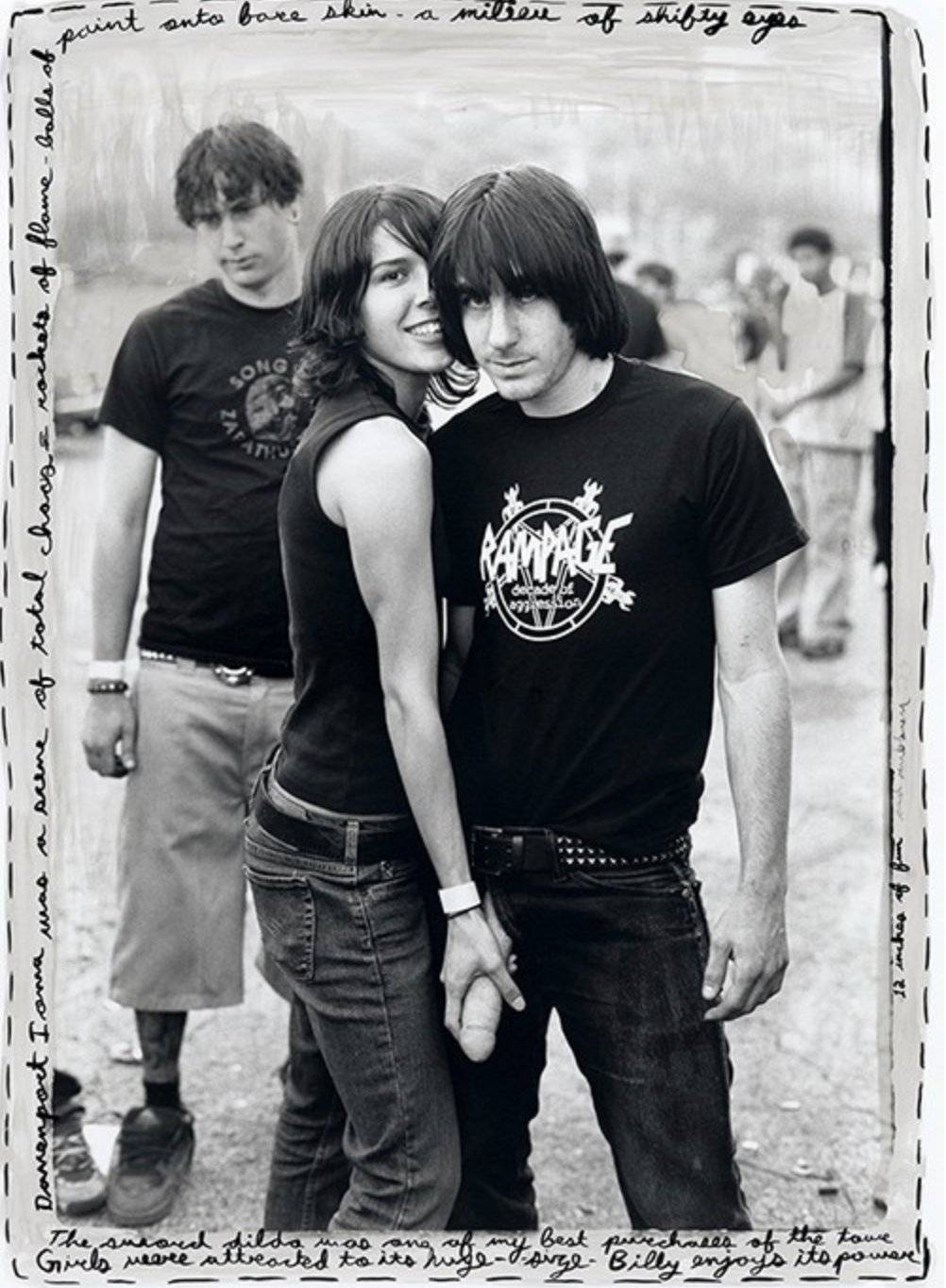
AB: When can we expect Wires Crossed to come out?
ET: Probably this time next year. There’re going to be a bunch of exhibitions to go along with it too,
SB: Is it all archival work, or current work as well?
ET: It’s essentially work from 1995 to 2012. It spans a lifetime. I mean, skateboarding is the one thing that made me start shooting photos. To see this book finally come to light is kind of amazing to me.
SB: When did you shoot Teenage Smokers? Did you it in mind as a project or did it happen organically?
ET: I rarely go out and shoot something as an idea. I’ve always been shooting multiple series as I went, over the years, so Teenage Smokers came out in 1999 and I didn’t even know I was shooting it.
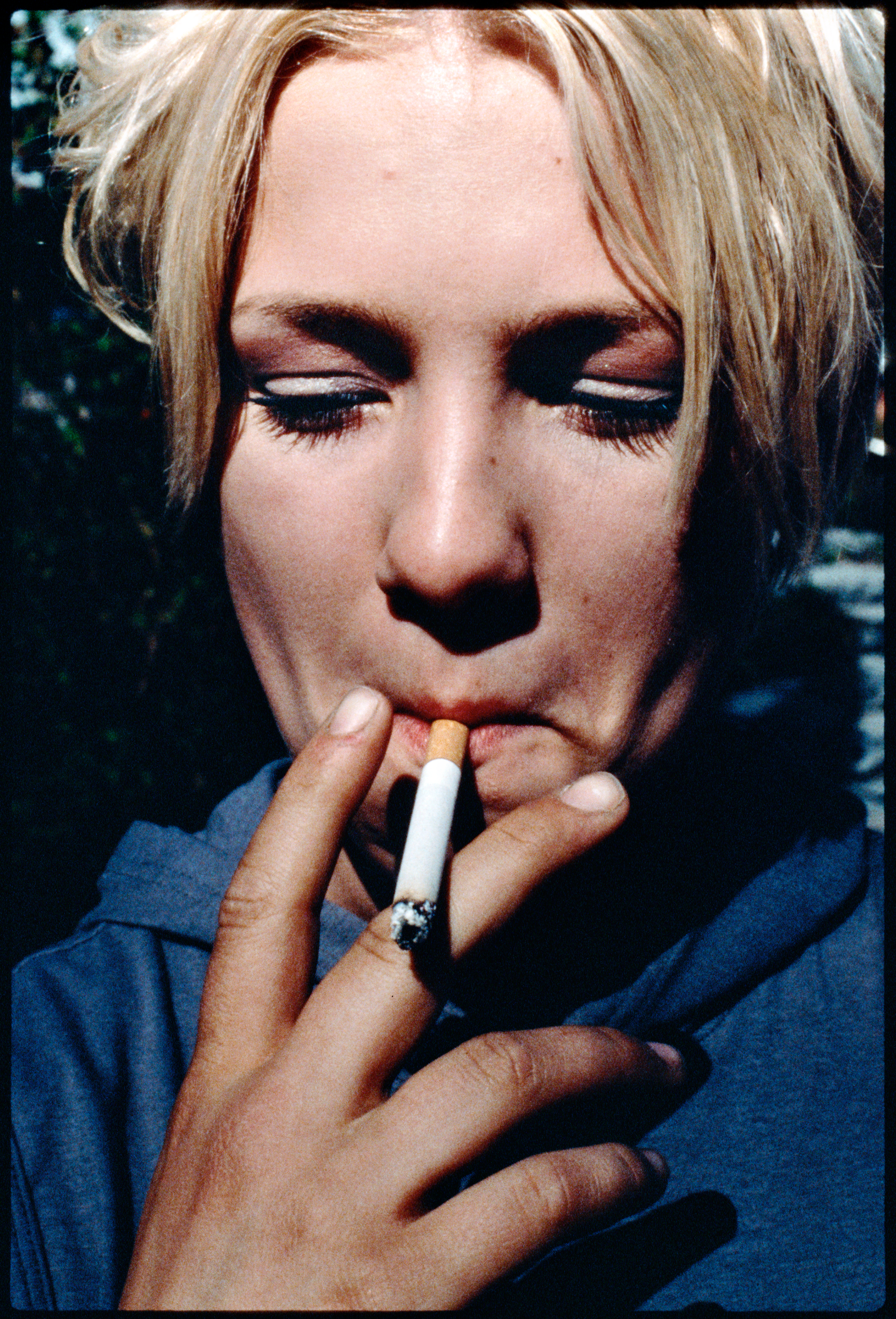
SB: What was the catalyst for making it into a book?
ET: So I think in 1998 or 1999, I was doing an exhibition at Aaron Rose’s Alleged Gallery in New York City. He’s the one who suggested it. He was like, “Man, you shoot a lot of kids smoking, you should do a book called Teenage Smokers.” Once he put that seed in my head, I started shooting them more. It really started because there was a skatepark over by Huntington Beach High School and I would usually be skating there most days. It was always fascinating to me that all the ‘bad kids’ would hang over at the skate park and start smoking. One day I brought a Polaroid camera and all the kids came out again to smoke and I went up to them on my skateboard and said, “Hey, can I take a photo of you inhaling a cigarette?”
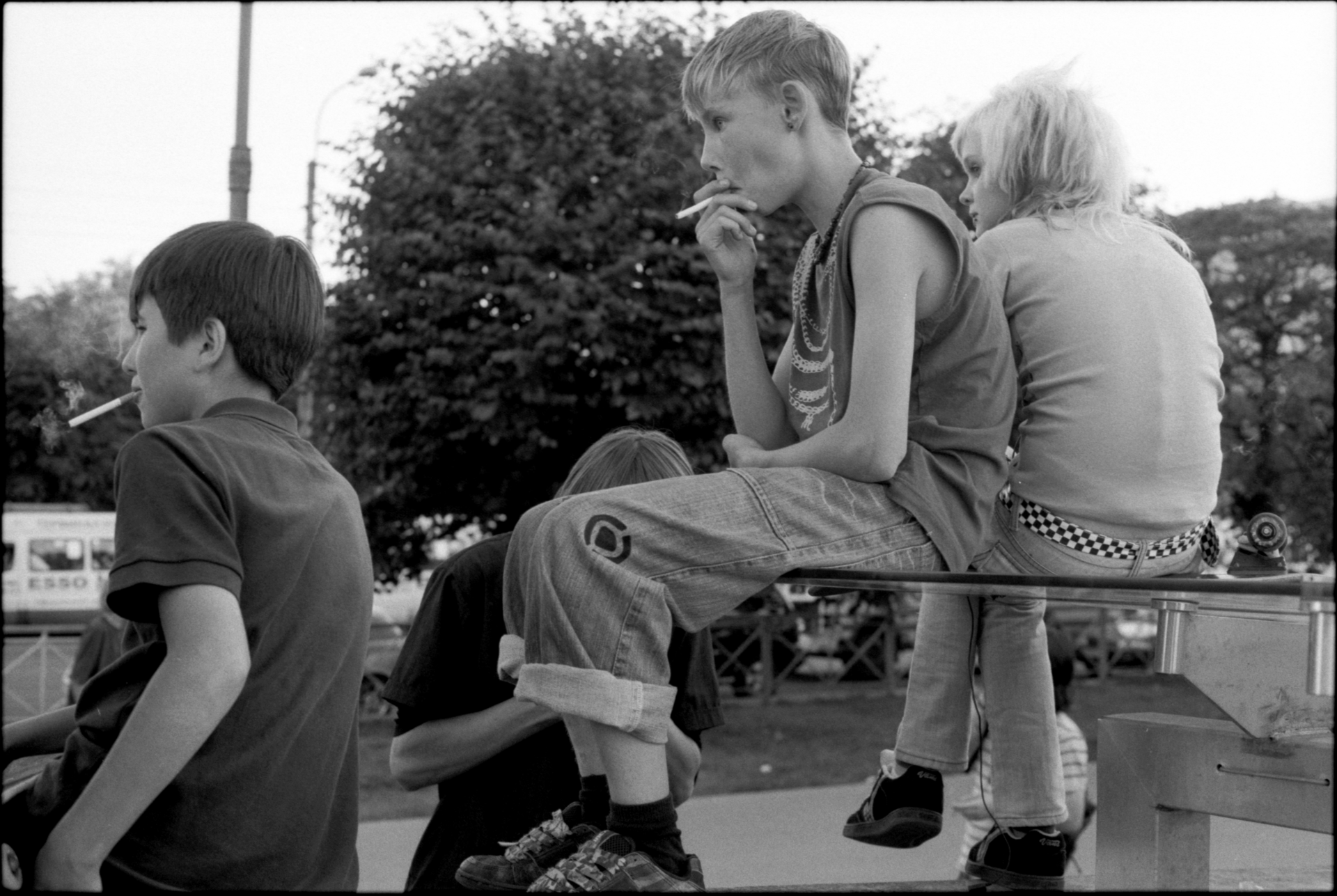
AB: Teenage Kissers came out soon after, right?
ET: Yeah, a lot of these books came out simultaneously. I realised I had shots of so many people kissing that I could do a companion book called Teenage Kissers.
SB: Actually, we were wondering whether you were drinking or smoking as a teenager yourself. Because I was reading that you didn’t particularly dabble in it then or even now. I was curious as to whether that was true.
ET: I mean I would never say that I was straight edge because I know that’s a whole movement and I’ve never liked the idea of claiming that sort of thing. In a lot of ways I was in that circle though, because a lot of my friends didn’t do that stuff. I just wasn’t interested in smoking or drinking. A lot of things happened in my childhood that sort of made me realise I didn’t want to do that, even as a lot of the friends I hung around were drinking and smoking. To me, it just seemed counterintuitive.
AB: Can you tell us of one of the most memorable moments you’ve had over the years in skating?
ET: Well, Billy Marks, one of my riders, he would make bombs. In the Midwest, there are all of these firework shops in places like Albuquerque, New Mexico and Texas, so we would buy tonnes of fireworks and have firework fights. He would sit there in the van as we drove, take the gunpowder out, put it in a water bottle and then put a fuse in there. We would drive up to a hotel lobby and he would throw it in there and light it.
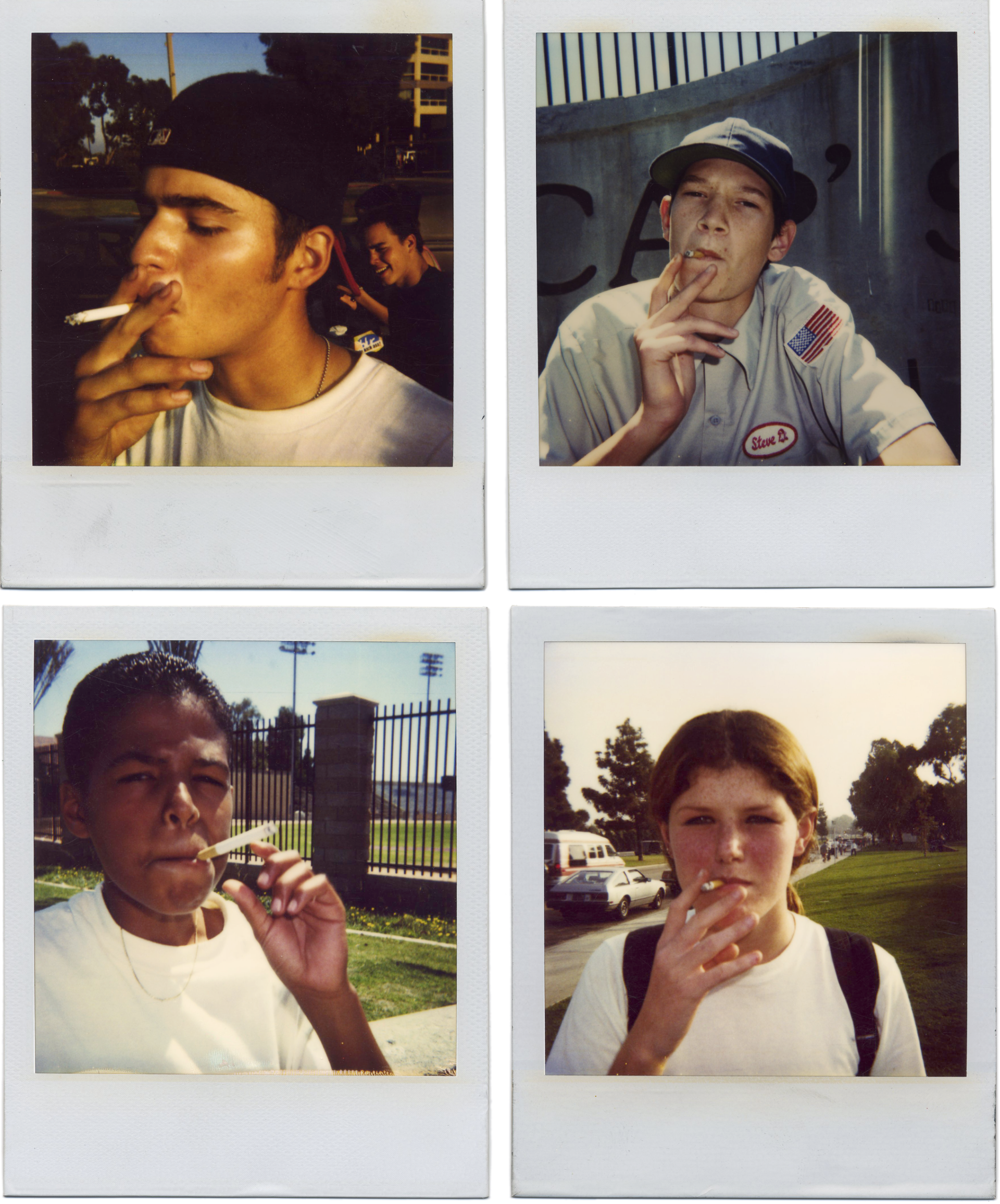
SB: Jesus Christ.
ET: Yeah, this was before 911, before global terrorism was really a thing. So it was just kids doing a prank. Obviously, there weren’t people in the lobby and it wouldn't break windows or anything, it would just be really loud. But you know, nowadays we would get thrown in jail for that. We would always run around with our airsoft guns and paintball guns and be fighting each other. Nowadays, we would be shot. There were a lot of times we got pulled over by cops with fake guns in our hands.
SB: How do you see the culture as a whole now, as opposed to then? Even with regards to brands like Supreme and Palace, which are kind of shaping fashion too?
ET: I think it’s just evolved. Skateboarding has always been on a cutting edge in changing fashion, up to a point. At some point, it seemed like hip-hop almost took over as a contemporary sort of style-changer, and then all the other skaters started dressing in a more hip-hop style. Skaters used to have their own style that would influence other people.
SB: Yeah, I guess the point of interest for me is how skating has always intersected with fashion, and the offshoots and subcultures within that. Like the way skaters were interested in punk music, like Bad Brains. And like you said, hip-hop was really influential and some skaters dressed in ways that reflected their interests, aesthetic subcategories of skating. It seems a bit more muddled now.
ET: I guess what we’re talking about is the times changing with the invention of cell phones and the internet. Like if you saw someone wearing or listening to Bad Brains for instance, back in the day you knew they were authentic. If you knew, you knew. You were either from Washington DC or you were reading magazines or buying albums in a record store. But now, you could be a kid in the middle of nowhere and have no cultural influence from anyone and hear a song you like and then the next day order, let’s say, a goth kit, and then all of a sudden be goth. Back then, it took years to collect all of those band t-shirts, ‘merch’ and records. You couldn’t just find it, you had to really know.
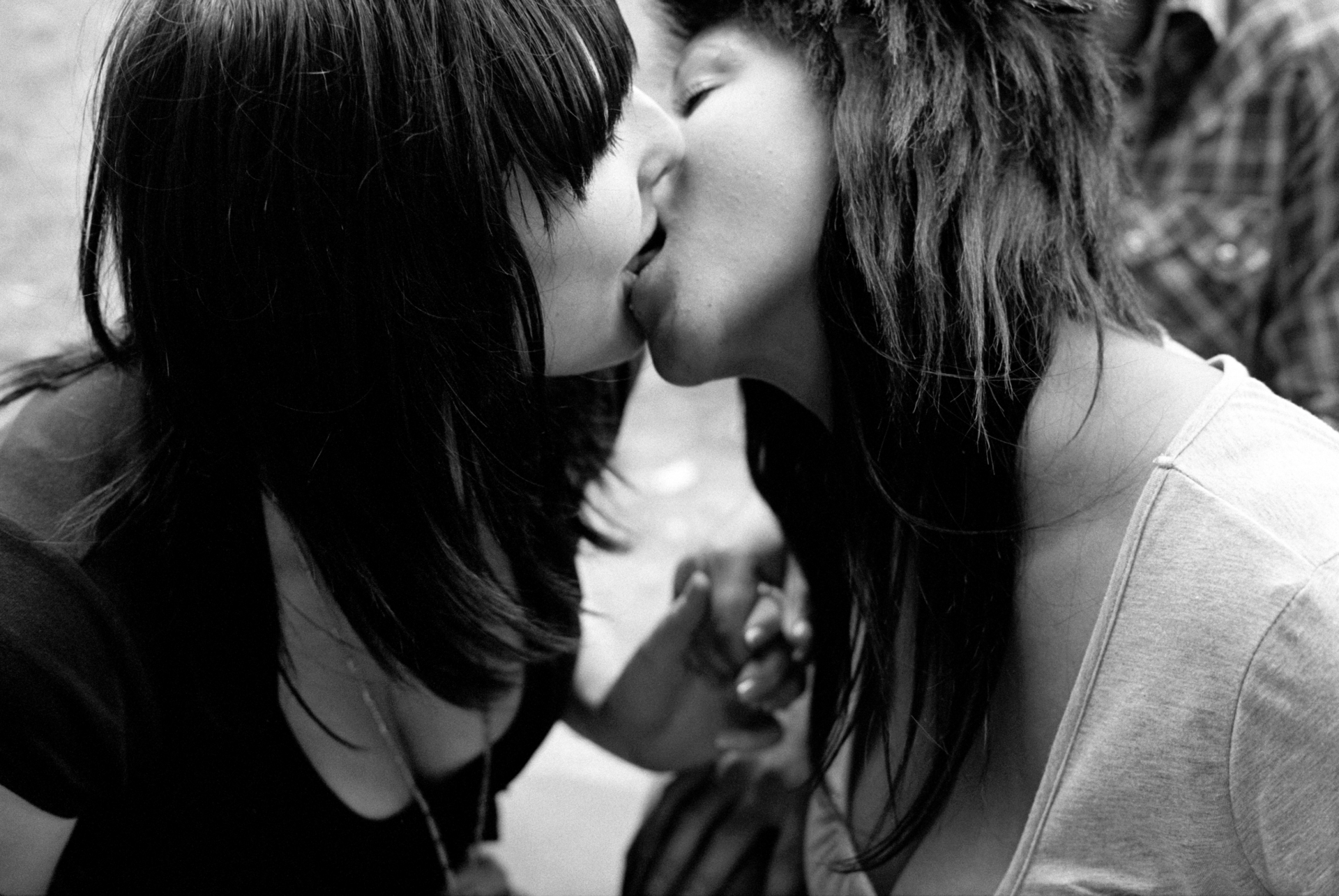
SB: On the flipside, I guess the obvious and cliché point to state would be that it’s good in many ways. Many isolated kids may be able to start skating and connect to music, fashion and like-minded people without being so dependent on geography.
ET: Yeah totally. What I wonder is what things I’m missing now, like there has to be a new underground that isn’t Instagram? I wonder if there is any cool music or skate scenes that I will never see from my suburban house here in Orange County, California. I just wonder if there’s such a thing as an ‘underground’ anymore, that isn’t happening online.
AB: But I guess there are communities in niche pockets of the internet, in some hidden forum within a hidden forum. They’re just harder to find – you have to dig.
SB: I was reading up on how you started skating, and we were talking about how you met Mark Gonzales ... Did you become close friends? Are you still in touch?
ET: Yeah, it was one of my first times seeing a skate shop even, so it must have been right in 1985, when I started skating. Mark was also standing in the skate shop, and we followed him to some quarter pipe and we skated. I didn’t really know who he was at the time – all the kids were in awe because they knew who Mark Gonzales was, but I just thought he was a really good skater. I didn't realise who he was or what importance he had because I was so new.
AB: Was that around the same time you met Jason Lee?
ET: Yeah. We were really close skating in the late ’80s. We were inseparable. And he started riding for the company that Mark was working on at the time.
AB: How did you and your wife, Deanna, meet? Did it have something to do with a Red Hot Chilli Peppers video?

ET: [Laughs]. She was a massive concert-goer before I met her, so her teenage years were spent going to every show you can imagine in LA. Seeing her ticket stub collection is insane, she saw everything live that I know people your generation would die to see – all these amazing punk shows in LA. She’s in one of the Red Hot Chilli Peppers’ videos, in the crowd.
But the story is … So Jason Lee was dating this girl, who he is now married to Mike Vallely, strangely enough. And her friend Deanna, who I didn’t know yet, was coming too. Jason’s like, “Hey, we’re gonna ditch school and go see the Red Hot Chilli Peppers. You want to come?” And I was like, “Okay.” We get in the car and there’s Deanna. Her story is so cute … So, Jason was always more of the alpha male – we were friends, but it was always me taking the jokes. And so Deanna’s story of quote-unquote ‘falling in love with me,’ was that I put some money in a soda machine, got a soda out and cracked it open. And when I was about to drink it, Jason grabbed it out of my hand and drank it. And I kind of sat there with a pout. She was like, “When I saw your eyes look at Jason ...” Then the next night, I think, Mike called Jason and said, “Hey, my friend Deanna likes Ed.” So I asked her out on a date and we went to see a movie. Oh, I think I had a Canadian tuxedo on too. After the movie, I tried to go in for a kiss that missed and became a weird ‘cheek-kiss’ thing and I didn’t know what to do, so I just walked away awkwardly.

AB: Oh my god, so angsty.
SB: Wait, so how old were you then?
ET: I was 15 and she was a little older than me. And we’ve been together ever since. We got married when I was 19 years-old. My grandfather was just like, “No way. What are you doing? You’re crazy.” He gave me all this literature about how young marriages end in divorce [laughs].
AB: And Deanna is a successful photographer too.
ET: Yeah, she’s an amazing photographer. She just came out with a book last year called What She Said.
AB: It must have been nice growing with photography together from a young age.
ET: Yeah, it’s nice to have someone who has the same interests as you. She gets excited about what I get excited about. We both like to just walk around and take photos. I think most people’s idea of a vacation is a lot different, but for us, there’s nothing better than doing like 30,000 steps around London or Tokyo or something—just shooting photos all day and getting lost.
Lochie Stonehouse and Sky Cripps-Jackson's Beauty Journeys
By Rachel Weinberg
MARTIN by HUGH: A Curated Exhibition of Martin Margiela's Archive
By Annabel Blue
Collective escapism
By Hugh Barton
The Unfettered, Sex and Drug-fuelled Youth of New York City by Alain Levitt
By Guest
Beneath Thibaut Grevet's Blurry Lines
By Anna Prudhomme
The Transformation of Joshua Gordon
By Sarah Buckley and Annabel Blue